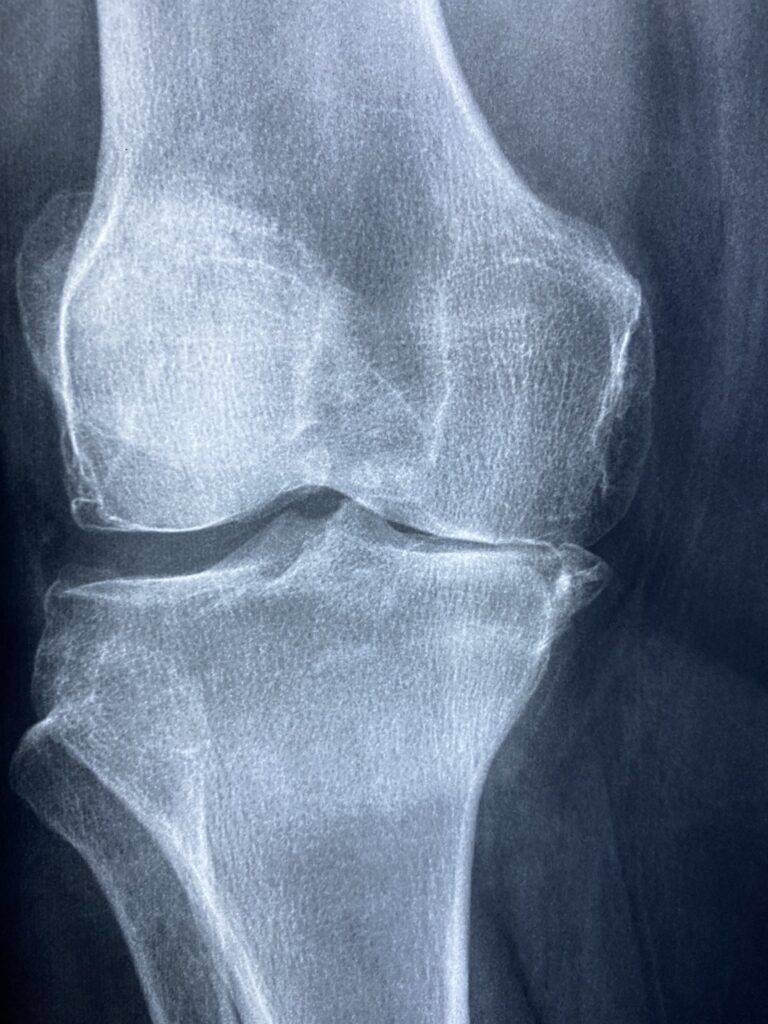1. Introduction to Sleep Apnea: Sleep apnea is a common sleep disorder characterized by pauses in breathing or shallow breaths during sleep. These interruptions can occur multiple times per hour and may lead to fragmented sleep and daytime fatigue.
2. Types of Sleep Apnea:
- Obstructive Sleep Apnea (OSA): This is the most common type of sleep apnea, caused by a blockage of the airway, usually when the soft tissue in the back of the throat collapses during sleep.
- Central Sleep Apnea (CSA): In this less common type, the brain fails to send signals to the muscles responsible for breathing.
- Mixed Sleep Apnea: This type involves a combination of both obstructive and central sleep apnea.
3. Symptoms of Sleep Apnea:
- Loud or frequent snoring.
- Episodes of breathing cessation during sleep, often observed by a partner.
- Gasping or choking sensations during sleep.
- Excessive daytime sleepiness or fatigue.
- Morning headaches.
- Difficulty concentrating or memory problems.
- Irritability or mood changes.
4. Causes of Sleep Apnea:
- Obesity: Excess weight can lead to fat deposits around the upper airway, contributing to airway obstruction.
- Physical Attributes: Factors such as a thick neck, narrow airway, or enlarged tonsils or adenoids can increase the risk.
- Age: Sleep apnea becomes more common as people age, due in part to changes in muscle tone and tissue elasticity.
- Genetics: Family history may predispose individuals to sleep apnea.
- Lifestyle Factors: Smoking, alcohol consumption, and sedative medications can contribute to airway relaxation and obstruction.
5. Risk Factors for Sleep Apnea:
- Obesity: People with a body mass index (BMI) of 30 or higher are at increased risk.
- Age: Sleep apnea is more common in adults over the age of 40.
- Gender: Men are more likely to have sleep apnea than women.
- Family History: Having a family member with sleep apnea increases the risk.
- Smoking: Smoking can increase inflammation and fluid retention in the airway, exacerbating sleep apnea.
6. Diagnosis of Sleep Apnea:
- Sleep Study (Polysomnography): This test measures various parameters during sleep, including breathing patterns, oxygen levels, heart rate, and brain activity, to diagnose sleep apnea and determine its severity.
- Home Sleep Apnea Test (HSAT): This simplified test can be done at home and is often used for diagnosing uncomplicated cases of obstructive sleep apnea.
7. Pharmacokinetics of Sleep Apnea Treatment:
- Continuous Positive Airway Pressure (CPAP): This involves wearing a mask connected to a machine that delivers a constant flow of air to keep the airway open during sleep.
- Oral Appliances: These devices help keep the airway open by repositioning the jaw or tongue.
8. Pharmacodynamics of Sleep Apnea Treatment:
- CPAP Therapy: By maintaining positive pressure in the airway, CPAP prevents airway collapse and reduces apnea episodes.
- Oral Appliances: These devices work by advancing the lower jaw or holding the tongue in a forward position to prevent airway obstruction.
9. Pharmacological Treatment of Sleep Apnea:
- Medications are generally not the primary treatment for sleep apnea but may be prescribed to address underlying conditions such as nasal congestion or allergies.
10. Non-Pharmacological Treatment of Sleep Apnea:
- Lifestyle Modifications: Weight loss, smoking cessation, and avoiding alcohol and sedatives before bedtime can help reduce symptoms.
- Positional Therapy: Encouraging sleeping in a non-supine position (e.g., side sleeping) can sometimes alleviate symptoms.
11. Conclusion: Sleep apnea is a serious condition that can have significant health consequences if left untreated. Early diagnosis and appropriate treatment are essential for improving sleep quality, reducing daytime fatigue, and lowering the risk of associated health problems. Lifestyle modifications, CPAP therapy, oral appliances, and positional therapy are among the available treatment options, with the goal of maintaining open airways during sleep and restoring restful sleep patterns. Individuals experiencing symptoms of sleep apnea should consult with a healthcare professional for proper evaluation and management.




